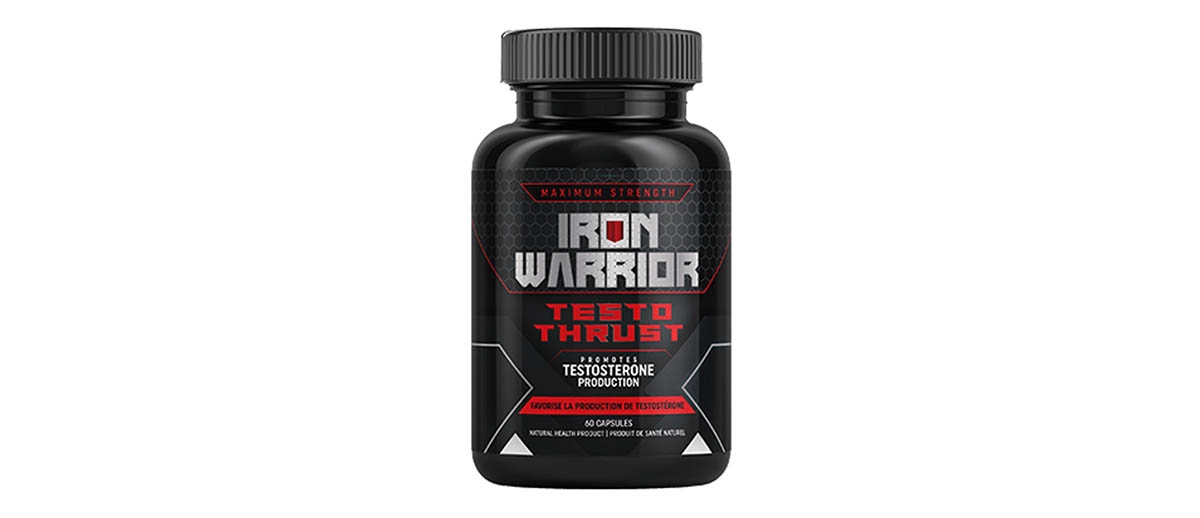
6 Strategies To Boost Workplace Productivity As An HR
The success of a company depends upon employee or workplace productivity. Productivity, in simple terms, refers to the measure of input in terms of time and effort to get things done. With higher workplace productivity, the efficiency of business operations increases, the sales targets are met, and this results in business profit. The role of HR is humongous when it comes to improving workplace productivity. HR plays a critical role in hiring and recruiting the right employee for the business, enforcing the appropriate policies and, more importantly, managing the people working in the organization. There are numerous ways through which HR can keep the workplace productive. If you are an HR looking for strategies to boost workplace productivity, consider these six efficient strategies.
1. Carry Out An Employee Survey
The key to boosting employee productivity lies in identifying any bottlenecks or roadblocks. It is possible to discover such problems through a survey format similar to McDVoice. One of the most obvious questions to ask in a survey includes whether the employees are happy or not. For example, the TellTheBell survey asks customers to provide ratings of different experiences. You can use a similar approach to know the overall employee satisfaction and other important metrics.
We recommended including questions in the survey which are relevant to the company's offering. Analyzing the survey result will help you understand the hindering factors of workplace productivity and, subsequently, eliminate them.
2. Provide Right Technologies
Technology can highly give workplace productivity a boost. For instance, communication and collaboration tools can bring efficiency to the team when working on a project. Similarly, task or project management platforms can streamline the workflow to increase efficiency. Also, it is possible to use technology to automate monotonous or repetitive tasks.
The key to using technology to boost efficiency lies in identifying the right tech for the employees, which can help them meet their goals.
3. Embrace Flexible Work Options
Few employees prefer to come to the office to finish their work, and a few prefer to work from home. Also, it is common for employees to select a hybrid work model. Therefore, HR should consider these factors and offer employees the option to work flexibly.
There are numerous benefits of embracing flexible work options, like increased attention and concentration and limited distractions due to impromptu meetings. However, although the pandemic started the remote work culture, many organizations realized its benefits. Therefore, flexible work options should be available if the functional role of the employee permits it.
4. Skill Development
One way of directly improving the productivity of the employees is skill development. The industry is constantly changing, and it is crucial to upskill the employee. Therefore, HR should regularly make training and courses available to employees. Moreover, this motivates the employees to work hard.
Also, when employees are skilled, they become more confident and engage in efficient work. You can promote such skill development through a reward system.
5. Provide Room For Innovation
Even though having standard procedures and setting guidelines for working in any organization, at the same time, firms should stay agile. Giving the employees' room to bring innovation and creativity is crucial. Encouraging innovation and creativity increases employee productivity and helps them feel free.
Studies have indicated that limiting creativity can hinder productivity. However, one should stay vigilant while giving creative freedom. It is because creativity from all sides of an organization can bring chaos. Therefore, an HR should create proper guidelines for the same and closely monitor the process.
6. Create An Optimal Office Environment
The office environment can have a direct impact on the productivity of the employee. For instance, poor lightning or dim lighting can cause eye strain and reduce the creativity and productivity of the team. Likewise, too much lighting can harm productivity. Similarly, an uncomfortable chair can be a pain point if a job requires one to sit for stretches.
The temperature and the noise level also play a vital role in the employee's productivity. Hence, it is essential to ensure that the employees feel physically comfortable while working from the office. Only when they are physically comfortable can they mentally engage in a piece of work.
Maintaining workplace productivity is a challenging job to accomplish. It requires constant monitoring and changes to keep the motivation of the employees high. Thus, HR should always stay flexible with their strategies to improve workplace productivity, depending on the situation.








